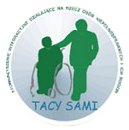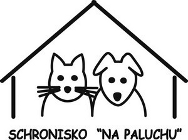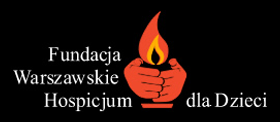It’s already past mid-November, which means it’s high time for the next round of donations to open source projects and charity organizations. This month the team member responsible for selecting the recipients is Tomek Antosik, who joined us two months ago.
Per Tomek’s choice, we’re making a donation to OpenWrt, a Linux distribution for embedded devices, mostly network appliances. The original goal of the project was to develop an open source operating system for the popular Linksys WRT54G routers, and this was accomplished in 2004, when the first release of OpenWrt saw daylight. As the project progressed and gained popularity, support for more and more devices was added, and today there are hundreds of appliances that OpenWrt can run on.
The second recipient of this month’s donations is the “Tacy Sami” Association (the name can be roughly translated as “We’re All the Same”), founded in 1999 and based in Wieluń, Tomek’s home town. The Association provides help and care for people with disabilities and works towards their social integration.











